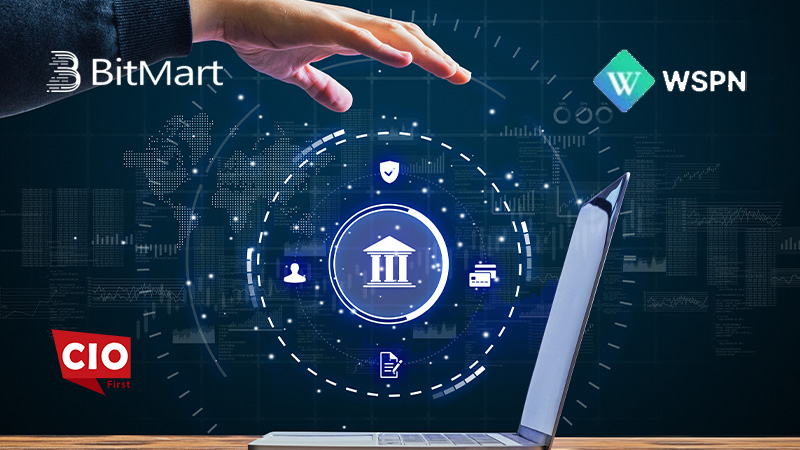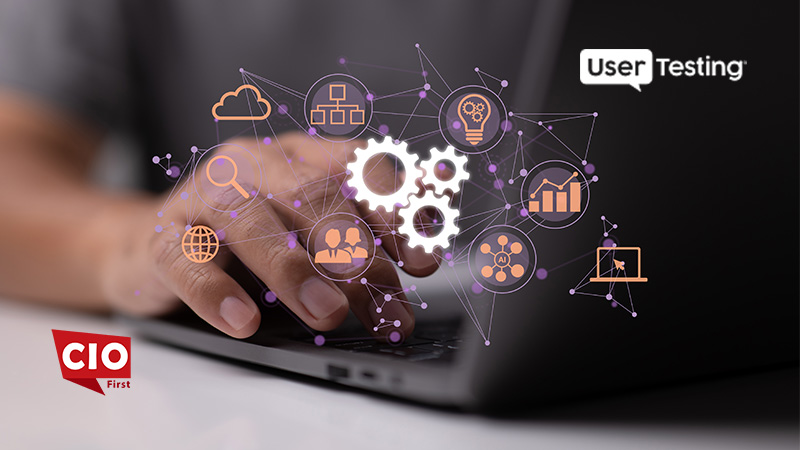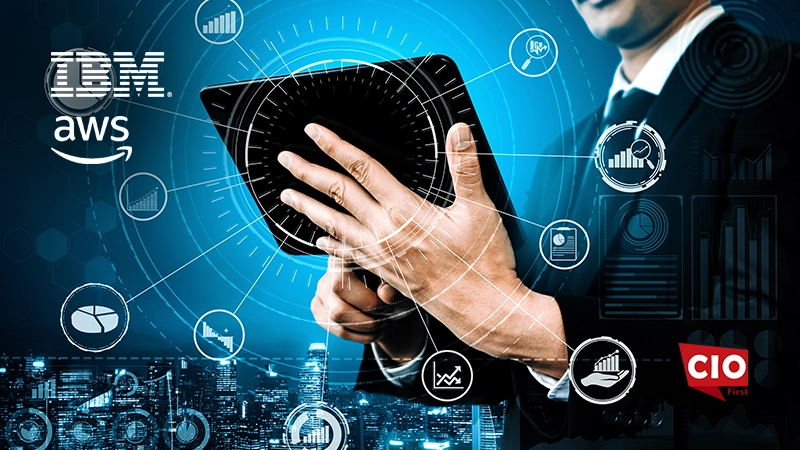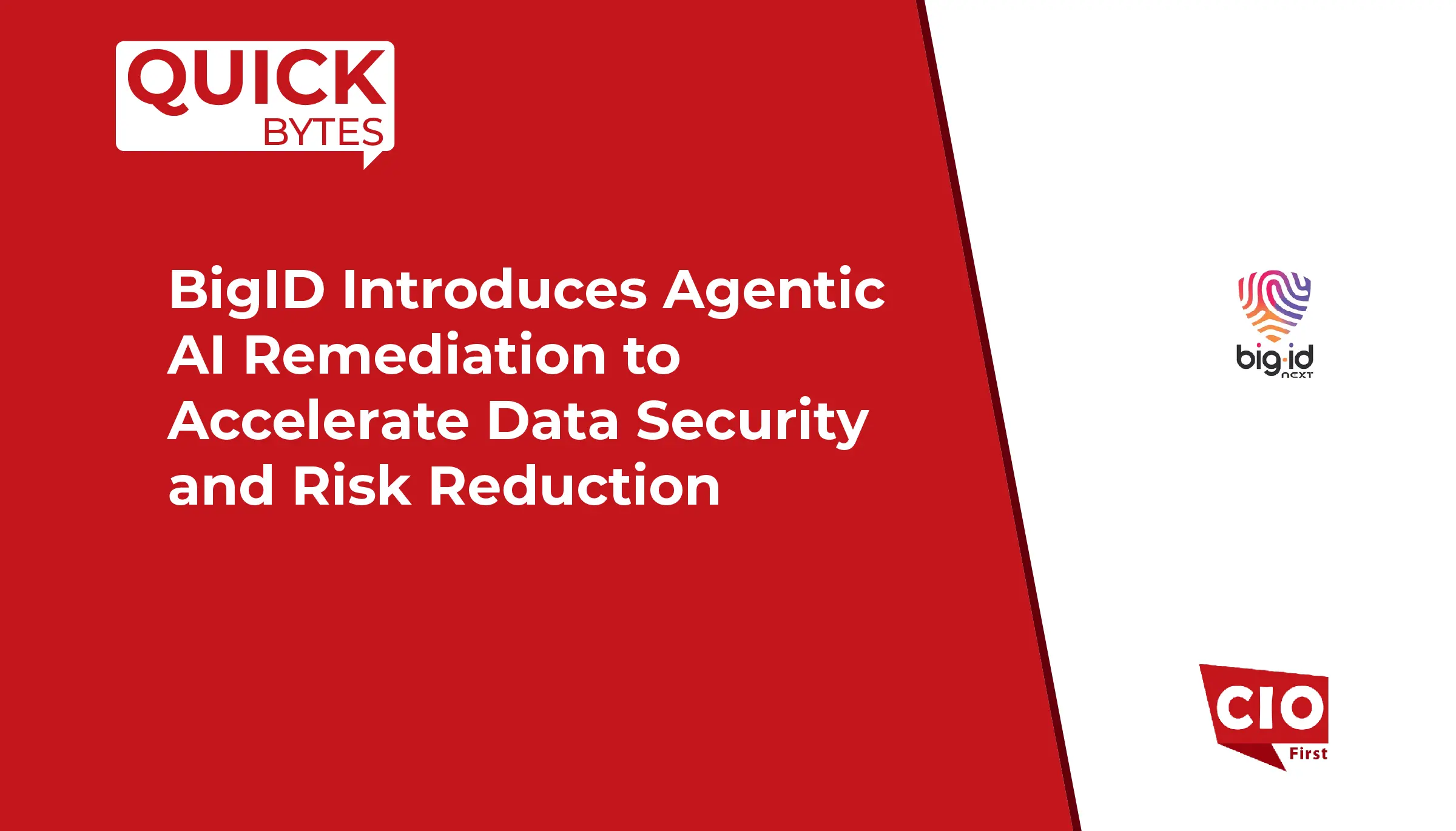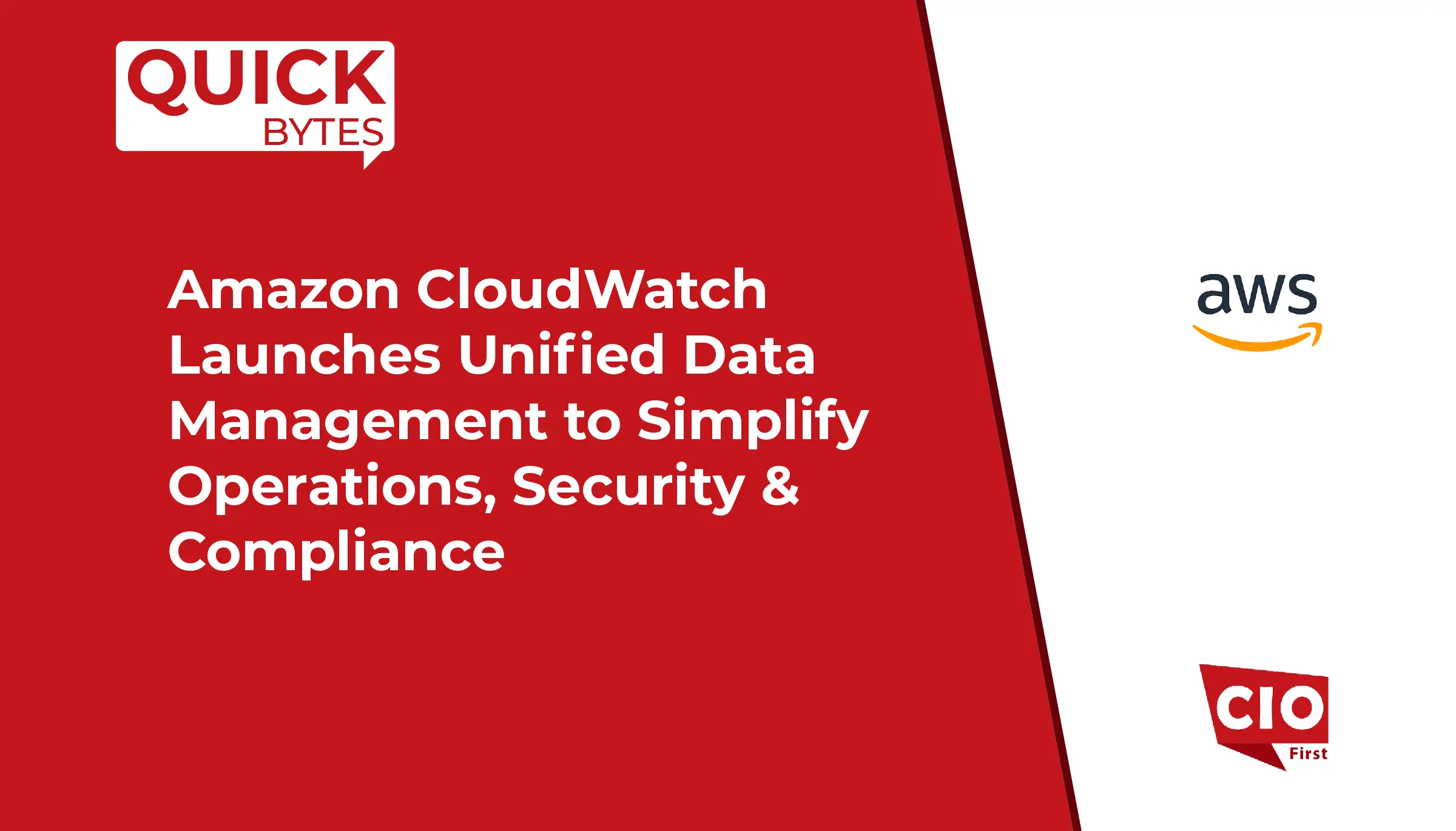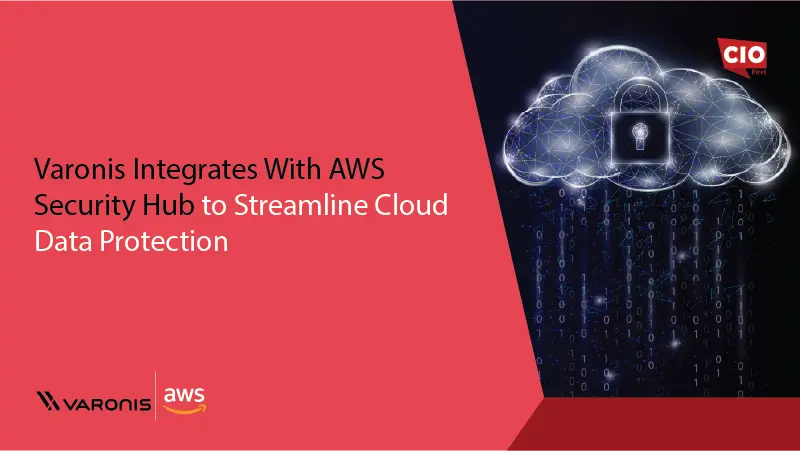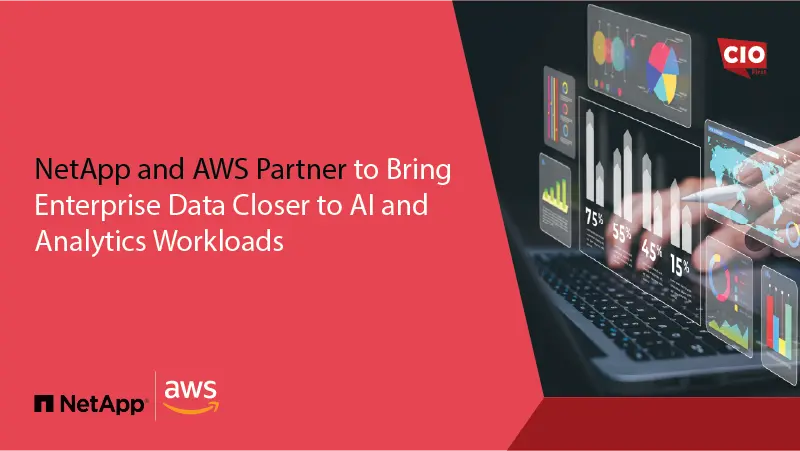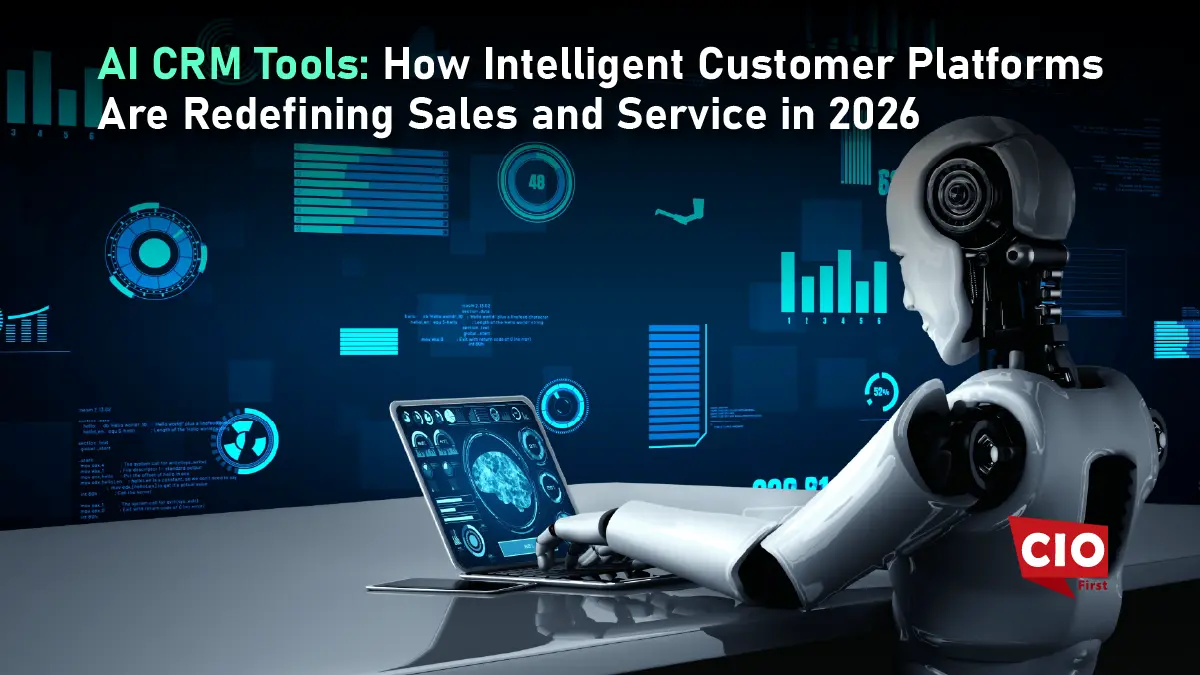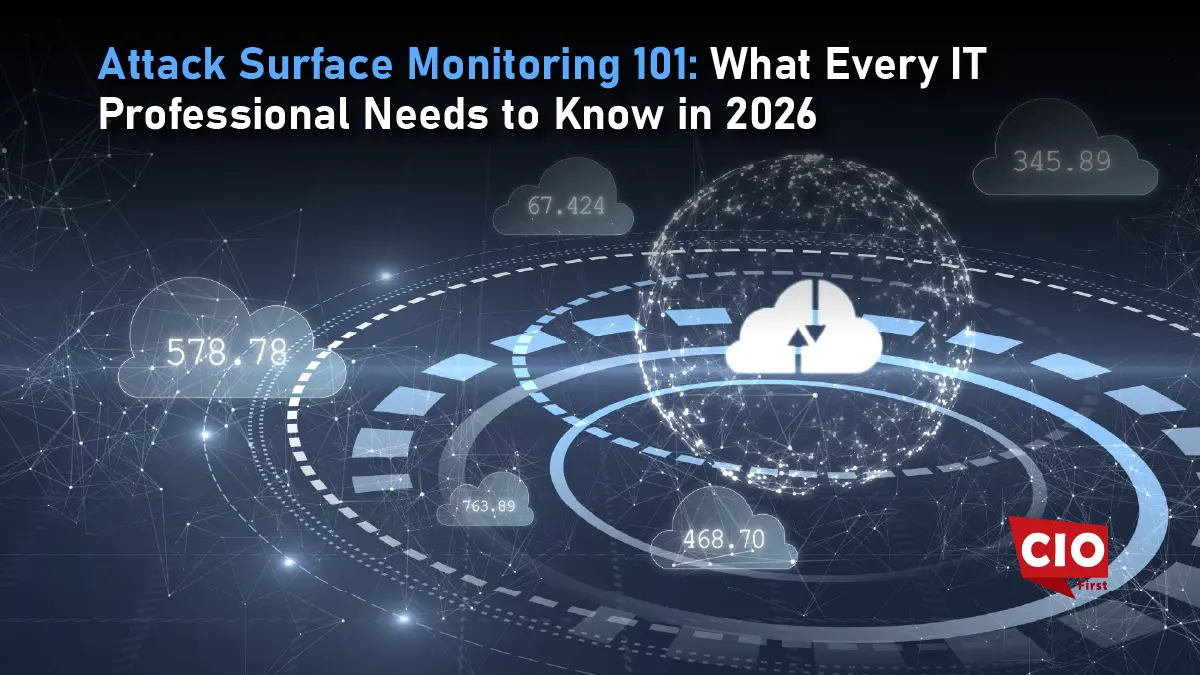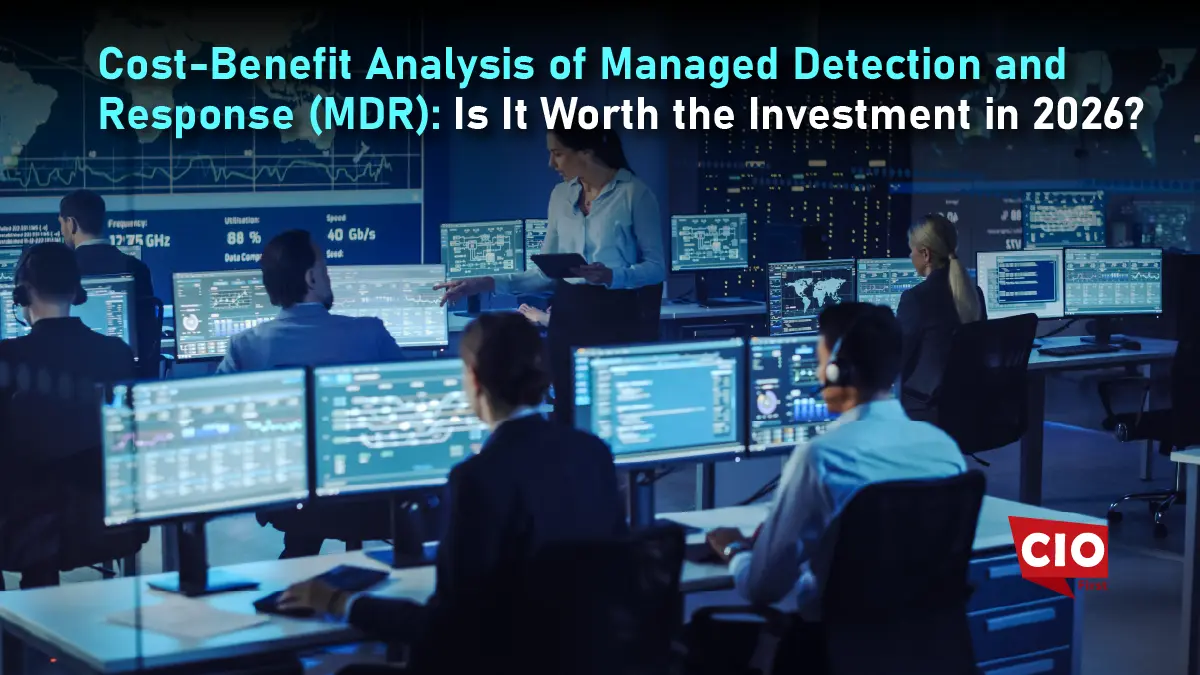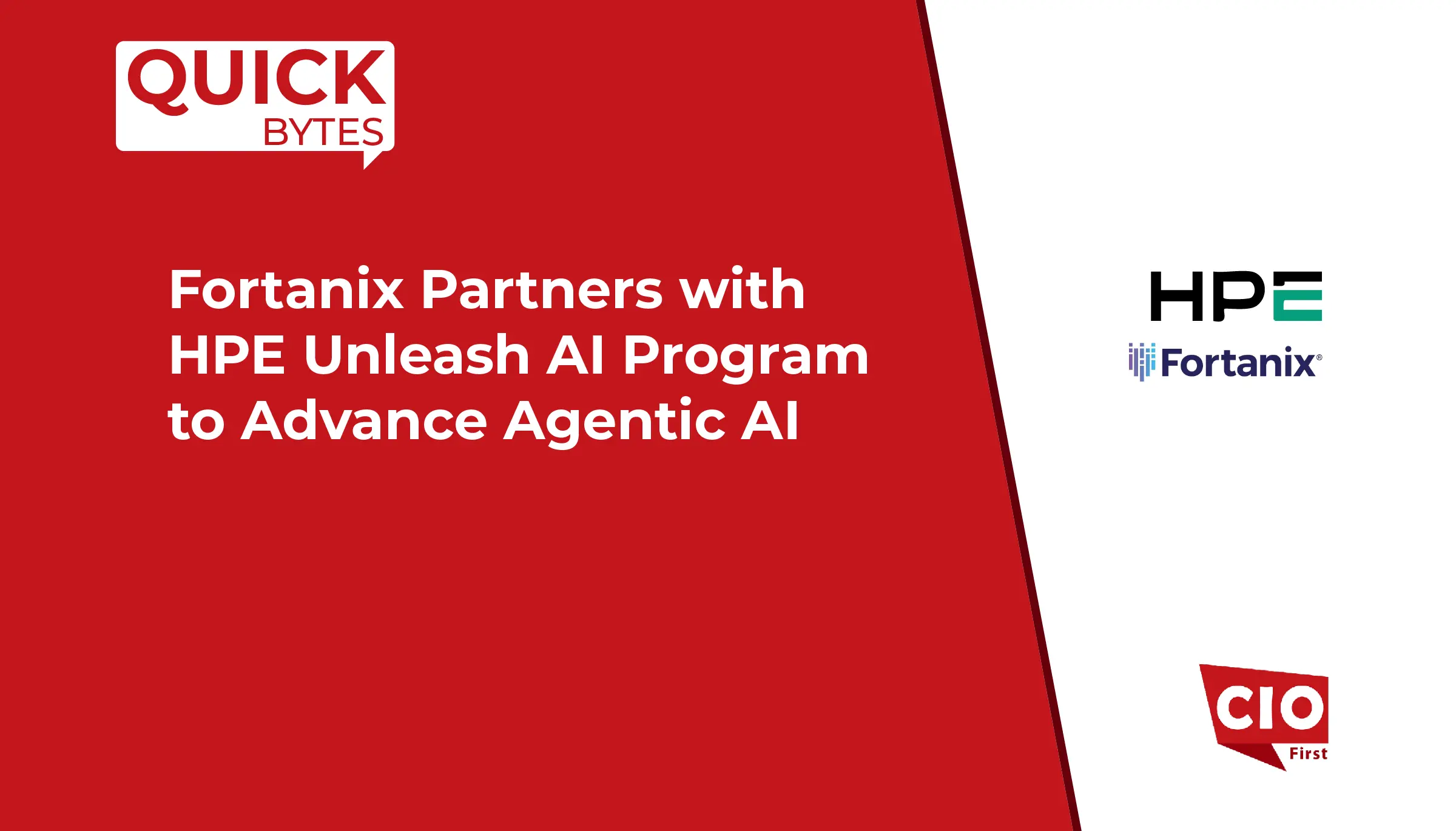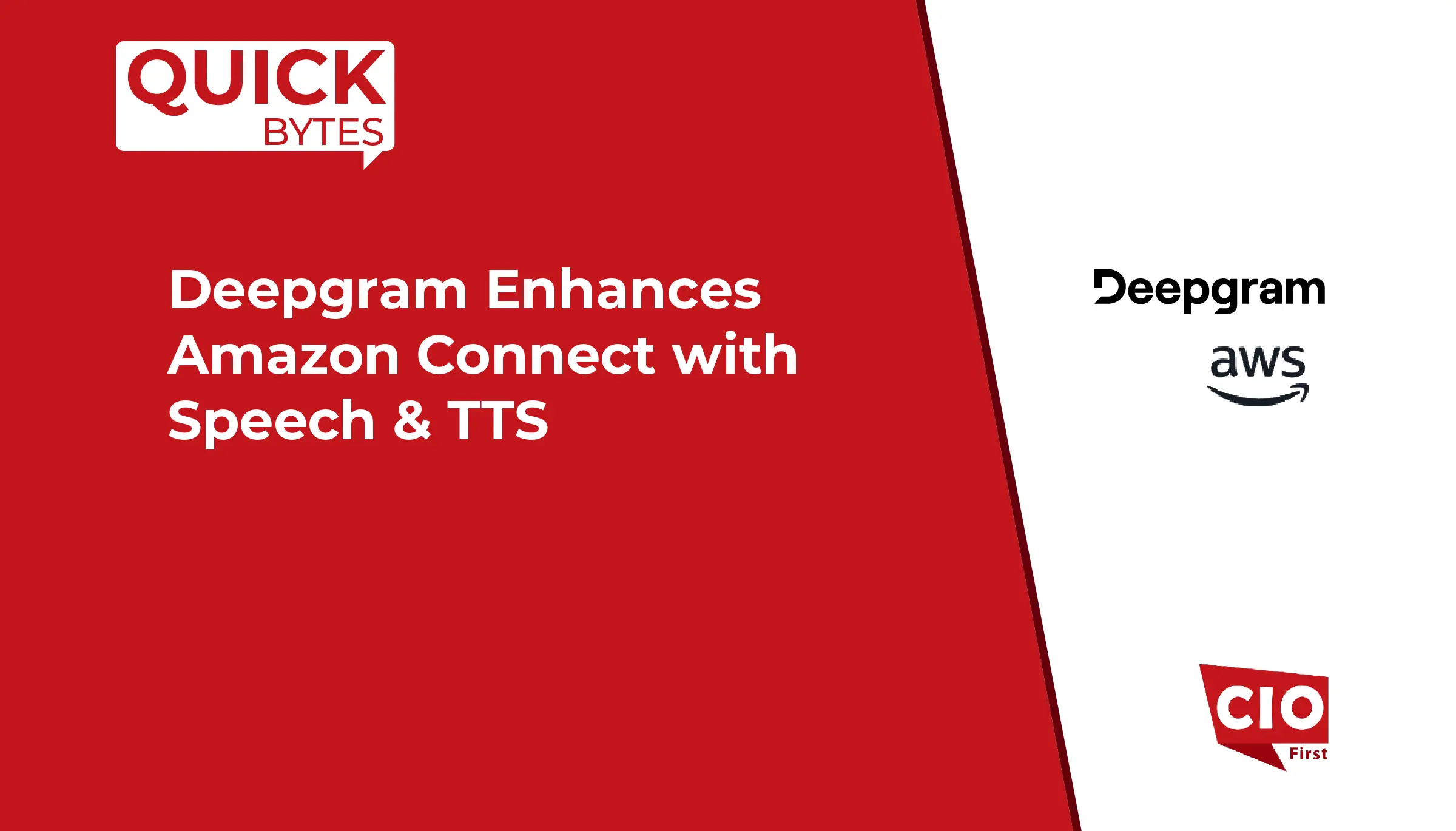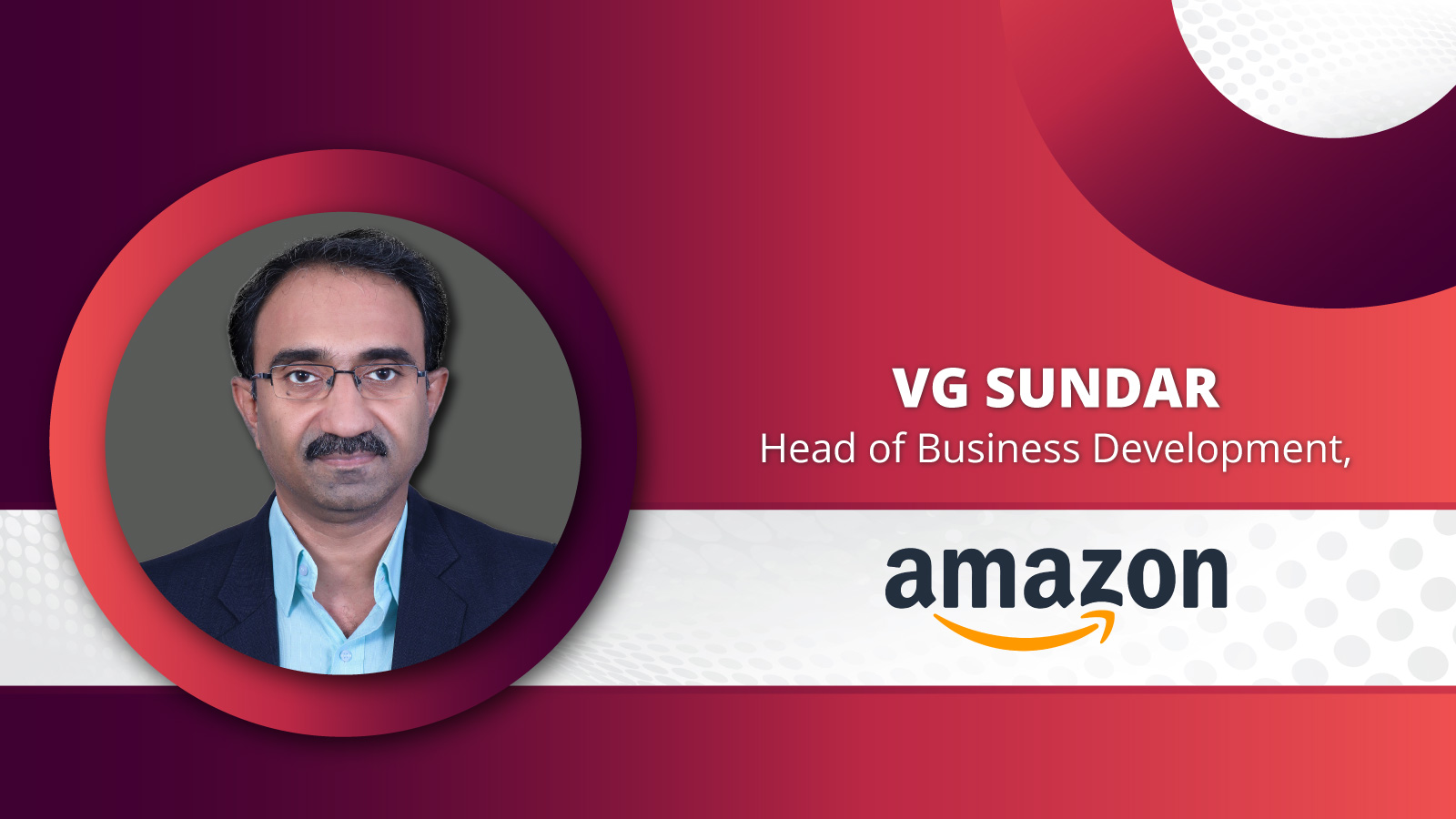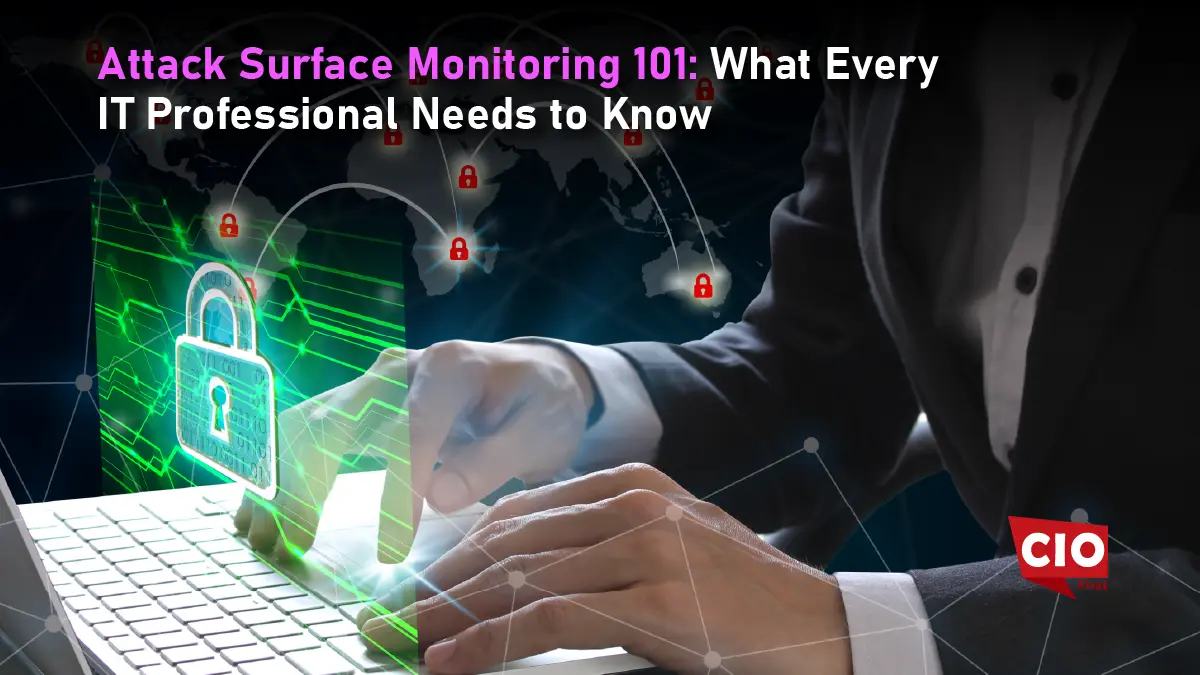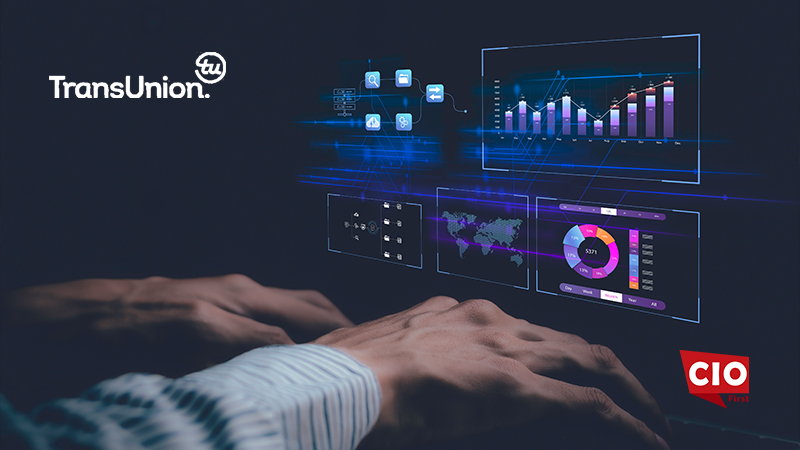Think your network is safe behind a firewall? Think again. The perimeter is dead. Today, risks come from every direction. Cloud services are everywhere, employees work remotely on dozens of devices, and Shadow IT hides in plain sight with apps IT doesn’t even know about. The digital footprint of a modern organization is massive, messy, and hard to control.
And the threats keep changing. The Cybersecurity Forecast 2025 warns that attacks powered by AI are happening more often. And it is not just that. Tensions with countries like Russia, China, Iran, and North Korea make it even harder to know what to expect. Hackers do their work quietly and quickly. Sometimes you do not realize anything is wrong until it is too late.
The reality is, attack surface monitoring changes the game. ASM lets organizations see all their assets, spot risks as they appear, and act before attackers get in. It turns defense into a proactive strategy and helps enterprises stay strong, even in a world that never stops shifting.
Defining the Attack Surface
Every organization has weak spots, and they show up in three ways. First, the digital attack surface. That includes networks, apps, and APIs. A misconfigured server or an old, unpatched system can give hackers an easy way in. Second, the physical attack surface. Even a single forgotten device or unsecured workstation can become a backdoor. Last is the social attack surface. People make mistakes by clicking phishing emails, sharing passwords, or ignoring security rules. These human errors are often the easiest entry points for attackers.
This is where attack surface monitoring matters. Unlike a scan you run once a month, ASM keeps track of everything all the time. It finds exposed systems, internal misconfigurations, and assets you might not even know exist. It’s like having a constant watch over your digital footprint.
Old-school vulnerability scans have limits. They check only known assets and miss what’s hiding in plain sight. That’s why modern tools matter. Take the Microsoft Sentinel Model Context Protocol (MCP) announced in September 2025. It gives deeper insights and faster protection, showing how continuous monitoring works in real life. Around the same time, Microsoft’s AI-driven security updates added machine-speed defenses that spot threats automatically.
The point is simple. Attack surface monitoring isn’t just checking boxes. It keeps you ahead of risks, reduces surprises, and makes it possible to control a messy, expanding digital world.
The Business and Security Imperative for ASM
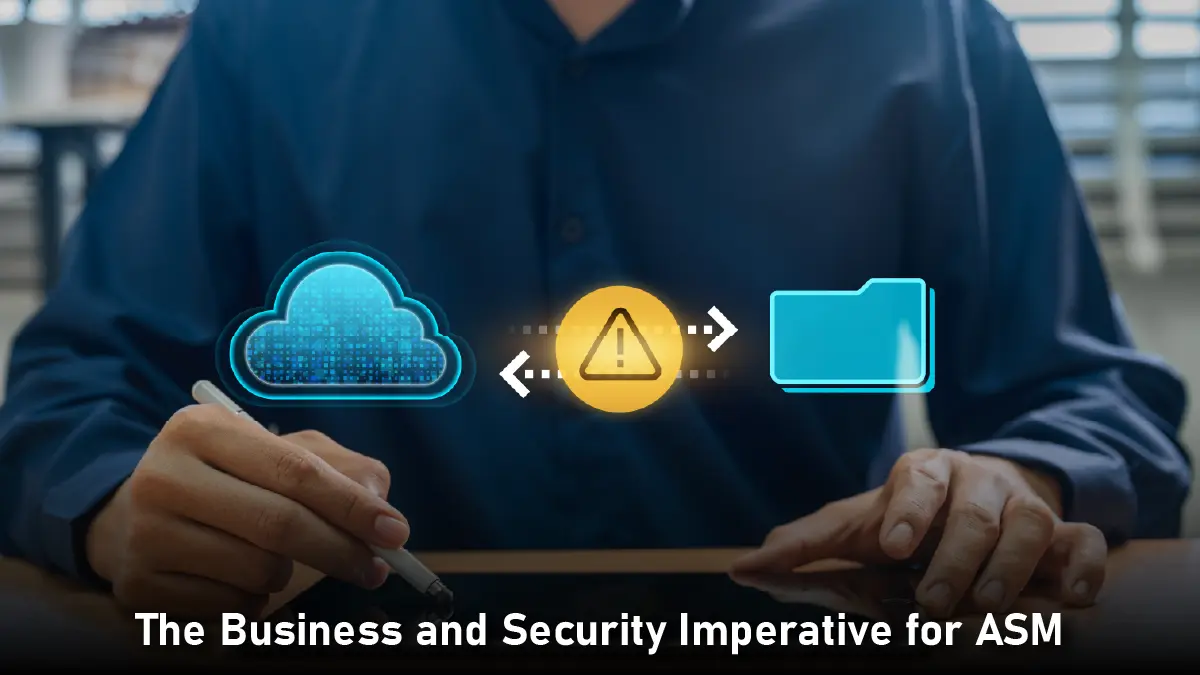
Many organizations assume they have a handle on all their assets. The reality is different. Shadow IT and orphaned assets, like old cloud storage buckets or forgotten servers, often remain unnoticed. These gaps are a hacker’s playground. An asset left unmonitored is an easy way in. This is why attack surface monitoring matters. By continuously discovering and tracking every system, ASM reduces the chance of surprises before they turn into major problems.
Continuous monitoring also strengthens the Zero Trust approach. In today’s environment, trust cannot be assumed. Every device, application, and user needs to be verified. ASM makes this possible by giving a clear view of all assets and how they are set up. When you can see everything, it becomes much easier to prevent attackers from moving sideways in the network, even if they get in through a single point.
Compliance adds another layer of importance. Auditors are not looking for checkboxes. Standards like ISO 27001 and regulations such as GDPR require organizations to actively monitor and manage their digital footprint. ASM provides evidence that security is not just reactive but part of daily operations.
The numbers show why this matters. IBM’s X-Force 2025 Threat Intelligence Index highlights how threats continue to evolve, demanding fast adaptation. At the same time, IBM’s Cost of a Data Breach Report 2025 shows that an average breach costs US$ 4.4 million. The good news is faster detection and response are helping reduce these costs. This proves that investing in continuous visibility pays off in real terms.
In the end, ASM is more than a technical tool. It closes blind spots, reinforces zero trust, ensures compliance, and protects the business from financial and operational damage. Ignoring it is a risk no organization should take.
The Three Pillars of a Modern Attack Surface
Do you really know all the ways your systems can be attacked? Most organizations don’t. Risks appear in three main areas: external, internal, and supply chain or third-party. Each one matters, and missing even a small piece can cause big problems.
The external attack surface is what anyone on the internet can see. That includes websites, APIs, cloud storage, and open network ports. Just one forgotten S3 bucket or a misconfigured Azure Blob can be an easy way in for hackers. Subdomain takeovers and exposed API documentation are other common risks. The thing is, AWS explained in June 2025 that securing this surface requires good identity controls, proper access management, and constant monitoring. If you know what’s exposed and keep an eye on it, you stop most attacks before they even start.
The internal attack surface is what attackers exploit once they are inside. Unpatched systems, weak Active Directory setups, or unsecured RDP services can let them move sideways and gain higher access. AWS emphasizes that building strong internal defenses means automating monitoring and keeping systems observable. Real examples shared at re:Inforce 2025 show that companies caught misconfigurations early, before they caused incidents.
Then there’s the supply chain or third-party attack surface. Often, this is overlooked. Vulnerable open-source software, poor vendor access controls, and third-party libraries can all introduce risk. One mistake here can affect the entire organization. Continuous monitoring and strict access controls help reduce that risk. AWS also notes that combining this with network and infrastructure security keeps organizations in control even when external partners are involved.
Here’s the point. You cannot focus on just one pillar. Blind spots are what attackers exploit. By watching all three areas, managing access carefully, and keeping systems visible, organizations make it much harder for hackers to succeed. Security is not just reacting to incidents. It’s about knowing where your risks are and staying ahead.
4 Actionable Steps for IT Professionals
Step one is simple: find everything. Start by mapping IPs, checking DNS records, and scanning for digital fingerprints. If something is hidden, it cannot be protected. That old forgotten server or that cloud bucket? Attackers love that stuff.
Step two: figure out what really matters. Forget generic scores. CVSS numbers look good on paper, but they don’t tell you which vulnerabilities are actually being targeted. Focus on what can be exploited right now and what could do the most damage. That’s where you spend your time.
Step three: fix things fast and keep it running. Plug ASM into Jira, patching systems, whatever you use. Don’t let problems sit in emails or spreadsheets. Salesforce did something smart here. In September 2025, they blocked uninstalled connected apps and enforced Trusted URL allowlists for Agentforce and Einstein Generative AI. That’s monitoring plus action in real life.
Step four: check your work and learn. Just because you patched it doesn’t mean it’s gone. Feed the results back into your system. Salesforce handled a Drift app incident the same way in early September. They tracked, verified, and adjusted. That’s how you stay ahead.
Do this, and you stop reacting all the time. You see the risks, act quickly, and keep learning. Security stops being something that happens to you and becomes something you control.
Making Visibility the New Perimeter
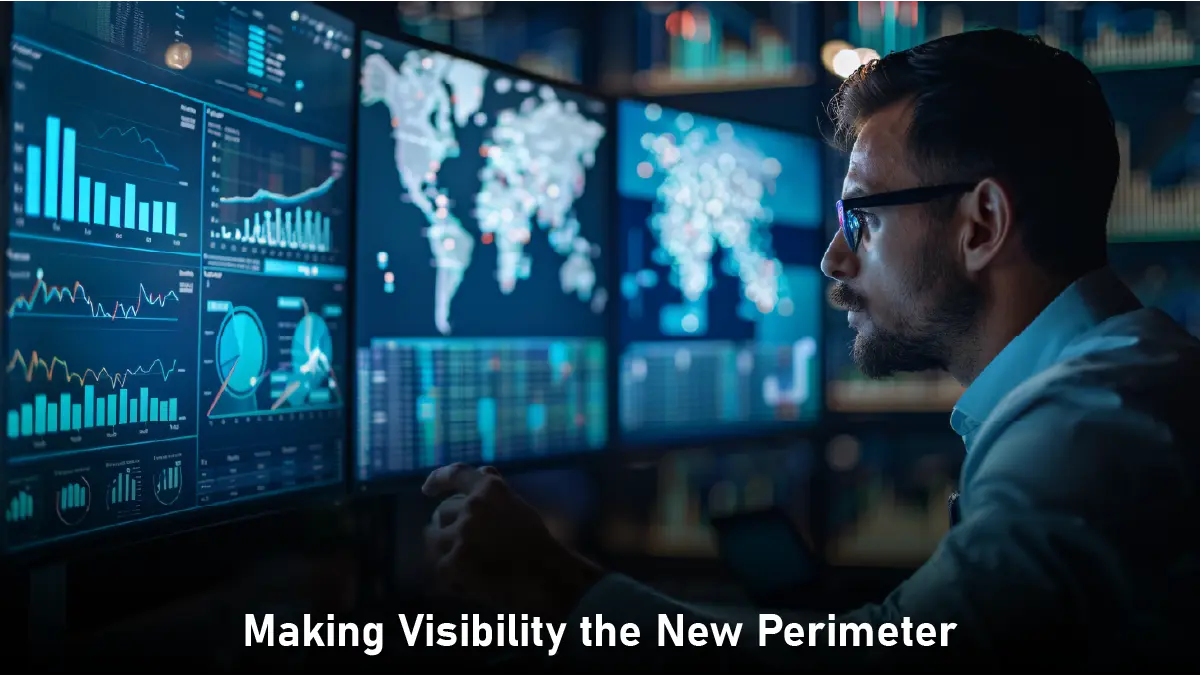
The old idea of a network perimeter no longer works. Threats come from everywhere, and reacting after a breach is too late. Attack surface monitoring changes that. It gives organizations constant visibility into every asset, system, and configuration. You see risks before they turn into problems. Continuous monitoring becomes the new defense line, not firewalls alone.
IT professionals should push for ASM as a core part of security strategy. Here’s the thing. ASM is not just another tool you install and forget. When teams use it properly, they notice problems before attackers do. It also helps the organization stay strong, even when the digital world throws surprises at you.

